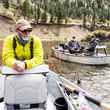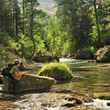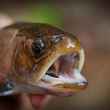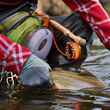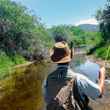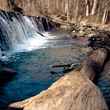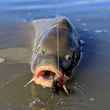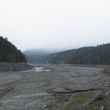You may recall reading something about a proposal from the U.S. Forest Service about commercial filming in wilderness areas on National Forest Service lands. An interim directive had been around for a few years and had garnered little notice. The Forest Service felt it was time to make the directive permanent so they started a rule-making process.
The rule-making caught the attention of many in the public who wrongfully assumed it would apply to them, apply to all public land and that they would have to pay to take pictures and videos on public land. While that was never the case, the organization I run, the Outdoor Writers Association of America, was very concerned because of the potential violation of our First Amendment protections from prior restraint.
In our statement, OWAA President Mark Freeman, outdoors columnist for the Mail Tribune in Medford, Oregon said, “Allowing forest supervisors to decide which journalists get to report in wilderness areas and what stories they can or can't tell smacks of censorship and prior restraint. Restraining journalists and their reports was not intended to be part of the act's restriction of commercialization of wilderness areas."



